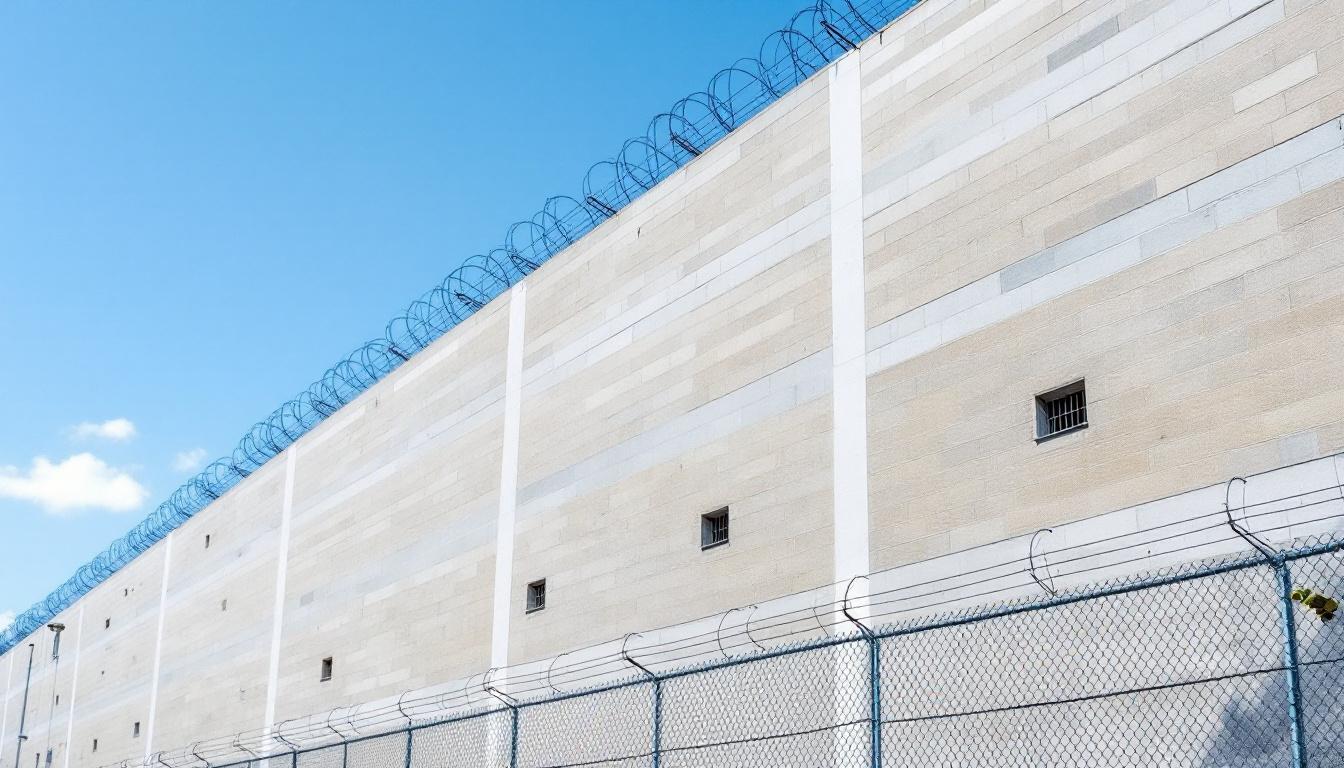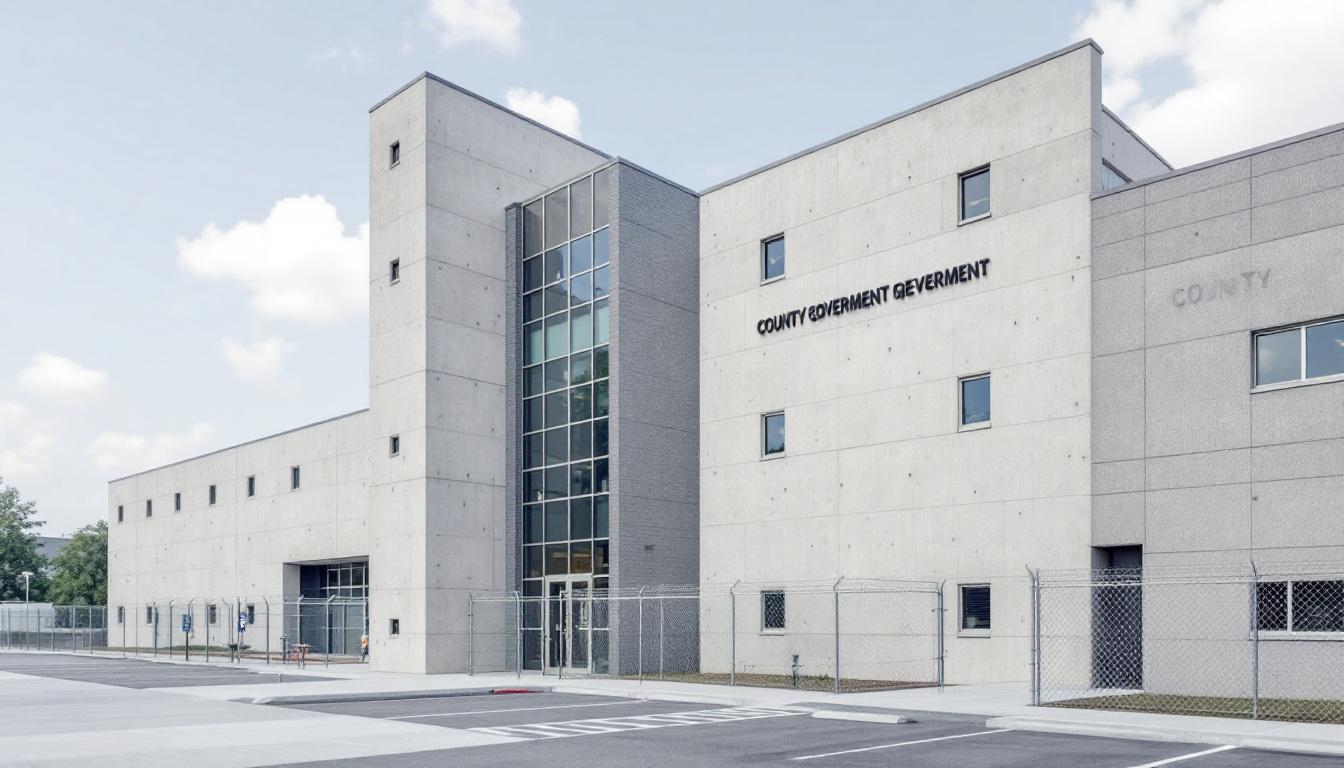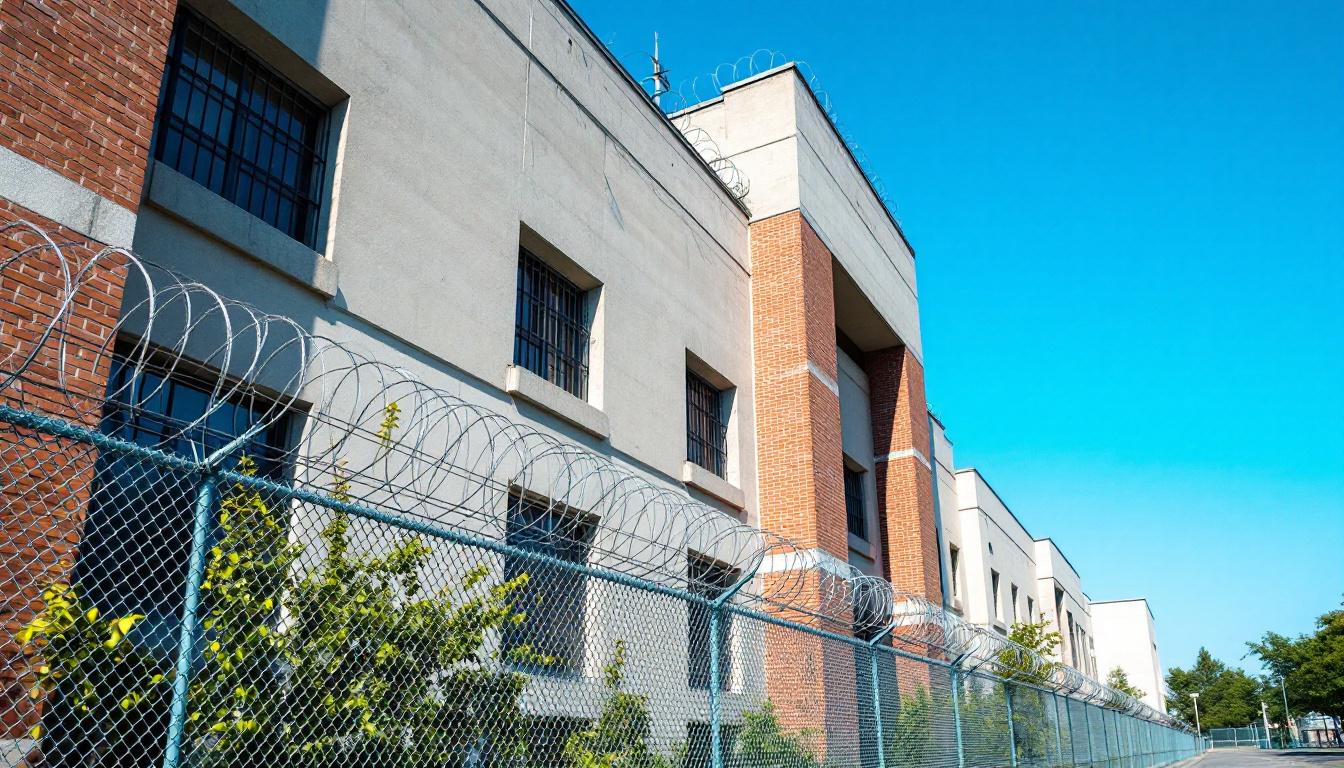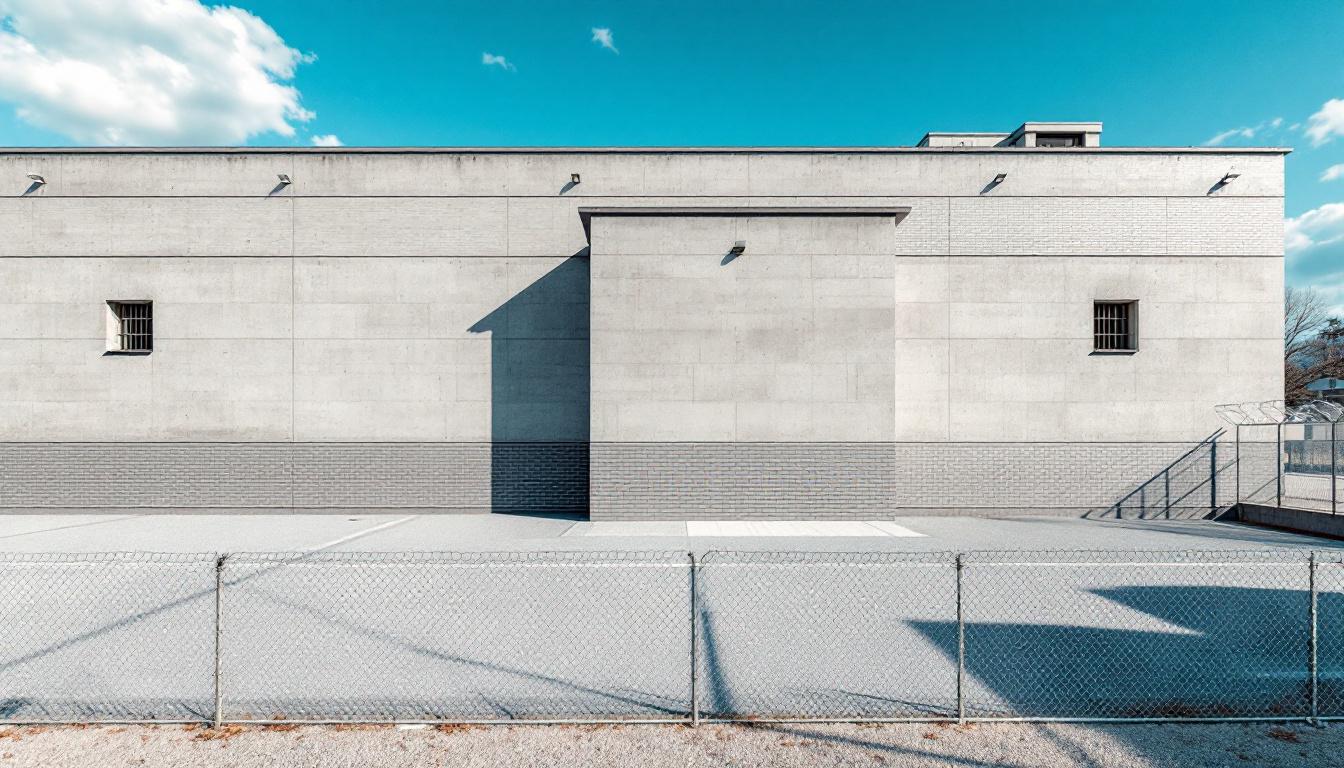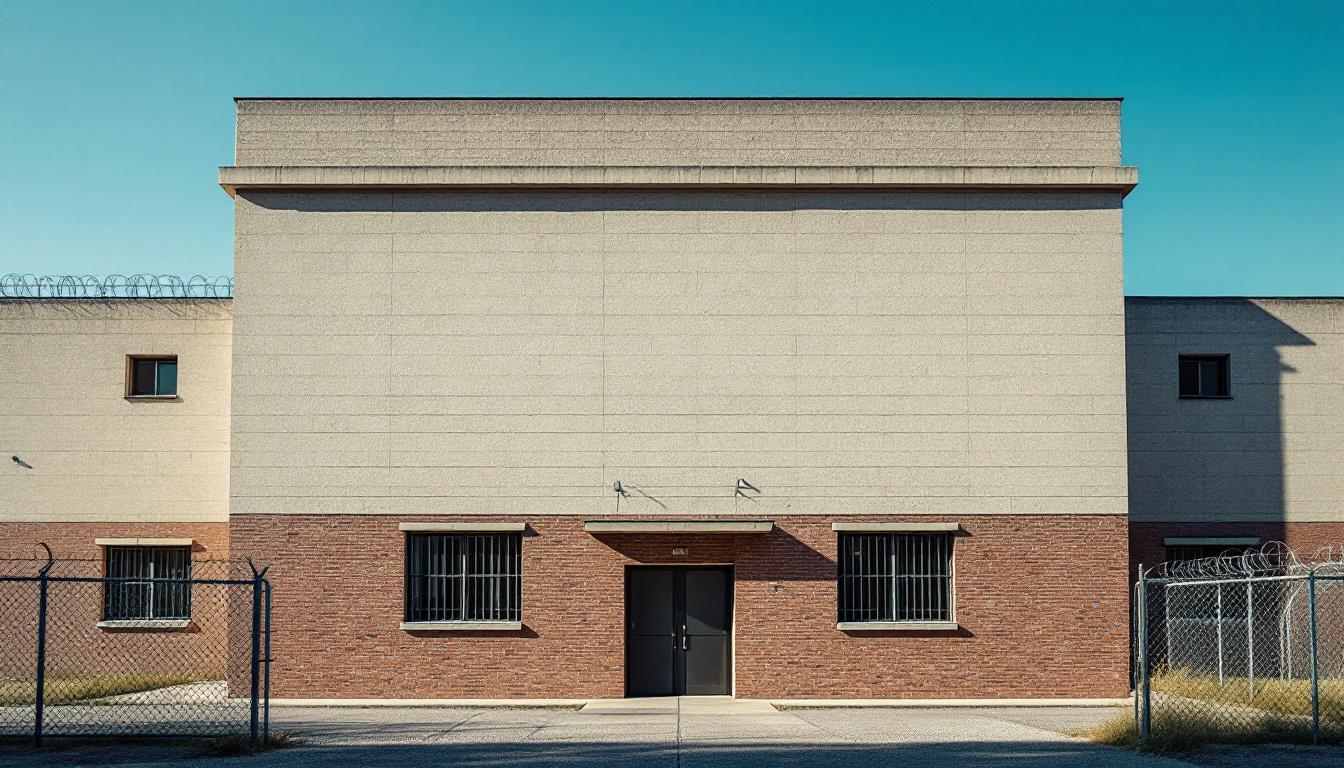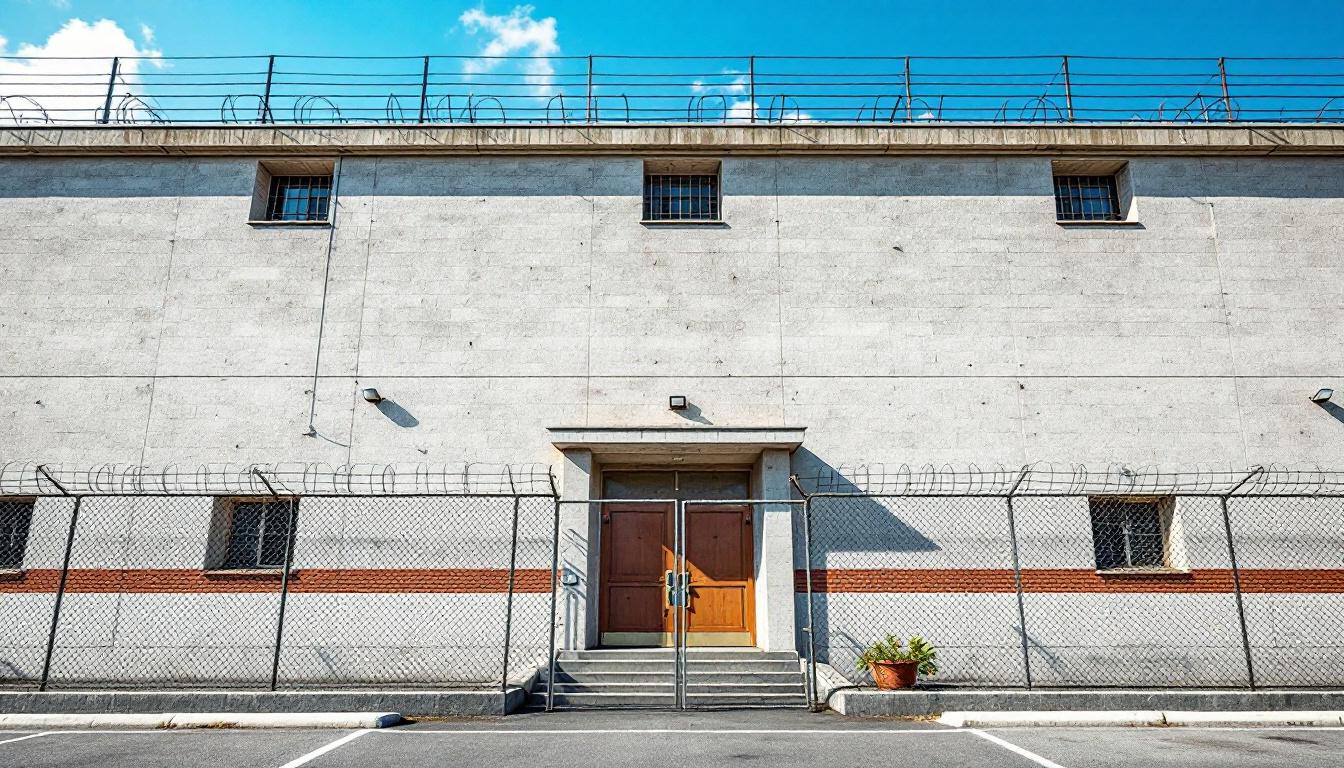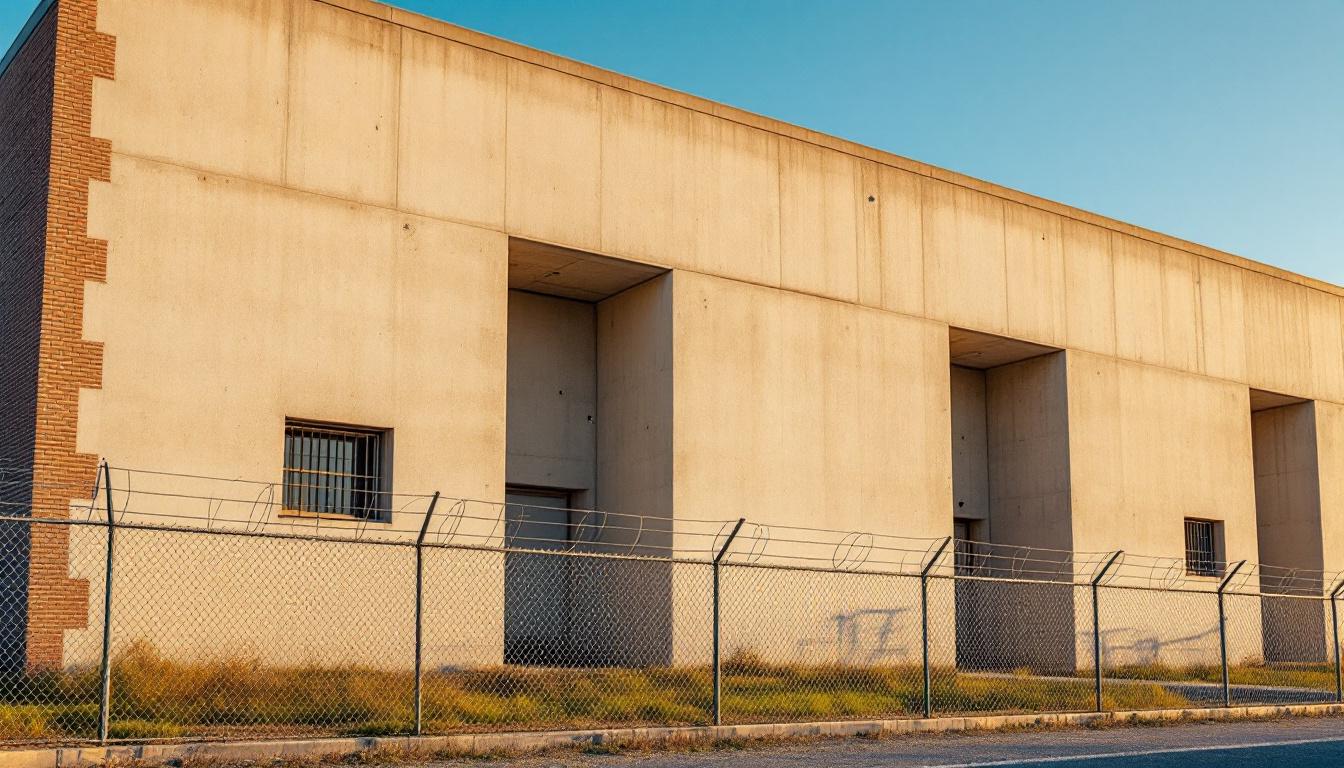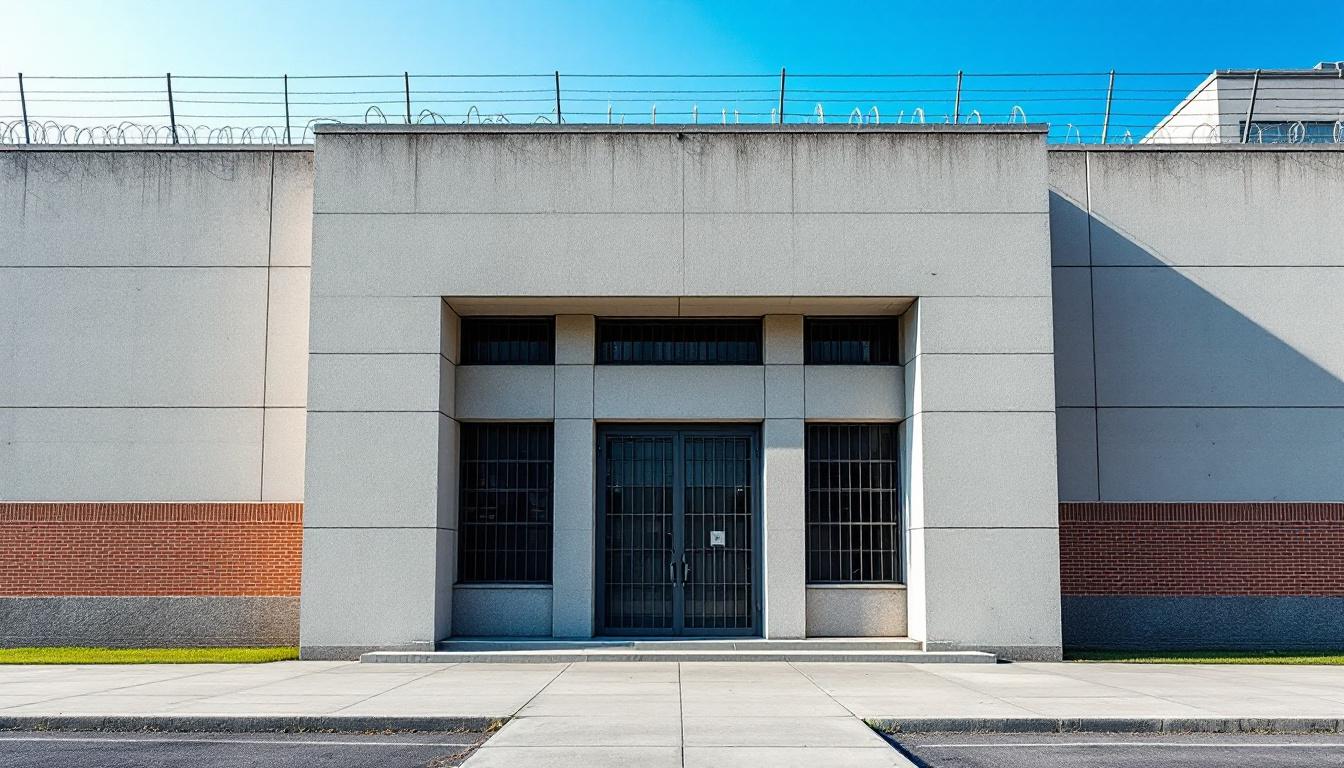
Quick Navigation
How to contact an inmate at Preston E. Smith Unit
This comprehensive guide will walk you through how to connect with an inmate at Preston E. Smith Unit. Follow the steps below to find an inmate and send letters and photos:
- Search for the inmate using our search tool below
- Create your account or log in to Penmate
- Write your message (up to 6,000 characters)
- Send instantly - inmates receive printed copies daily
Find an Inmate
Search for an inmate to start communicating today
Tip: You can search by first name, last name, or inmate ID number
To contact a person at Preston E. Smith Unit start by searching for the person on the official facility website. Perform a search by following these steps:
- Step 1: Enter their first name and last name into the search form and click "Search"
- Step 2: Locate their inmate record
- Step 3: Write down their Inmate ID and any housing information provided
Important! Be sure to enter the person's full name. Nicknames should not be used.
How to Send Messages to Inmates

You can use your phone or computer to send emails, letters, and photos to an inmate. Messages are sent electronically to inmate tablets or kiosks at the facility. If you would like to send a message, start by searching for an inmate at Preston E. Smith Unit.
Sending Photos and Postcards

A great way to send love and support to a loved one at Preston E. Smith Unit is to send photos and postcards. It only takes a few minutes to send photos from your phone and it makes a huge difference. You can also mail postcards with words of support and inspiration, or design your own postcard for special moments like birthdays and holidays.
Important! Be sure not to send any explicit photos or they may not be approved by the facility. You can also use a photo printing app like Penmate to make sure your photos are printed at the correct size (4x6 or 3x5) and are mailed according to the rules and regulations of Preston E. Smith Unit.
Frequently asked questions about Preston E. Smith Unit
-
How long does it take to deliver a message?
If you're sending an email message your letter is usually delivered within 24-48 hours. For messages sent via mail you should expect delivery within 3-7 days. All messages will need be approved by Preston E. Smith Unit.
-
How much does it cost to send a message to Preston E. Smith Unit?
You can send a message free using your phone or mail a message via USPS for the price of a $0.60 stamp and envelope. You can also purchase credits or e-stamps from services starting at $1.99.
-
What services can I use to contact an inmate at Preston E. Smith Unit?
Penmate
You can use Penmate to send letters and photos to an inmate from your phone. It's an easy way to stay in touch during your loved one's incarceration. Use the inmate locator to find an inmate's location and contact information, then you can send messages within a few minutes.
Securus messaging
Securus may be another option for communicating with an inmate at Preston E. Smith Unit. You can create a friends and family account and purchase credits to send messages. All messages will be reviewed and must be approved by the facility.
JPay
Some county jails and state prisons may support sending messages with JPay. You must register an account with the system, find your loved one, and purchase stamps to send messages. For some locations you can also attach photos.
Smart Jail Mail
You may also check if Smart Jail Mail is available at Preston E. Smith Unit. Smart Jail Mail is operated by Smart Communications and has contracted with some state and county jails. After purchasing credits, your messages and photos are sent to the facility, printed out, and then handed out to your loved one.
-
What is the mailing address of Preston E. Smith Unit?
Mailing address:
Preston E. Smith Unit
1313 County Rd 19
Lamesa, TX 79331
Phone: (806) 872-6741 -
What are the visiting hours at Preston E. Smith Unit?
Visiting hours at Preston E. Smith Unit vary by housing unit and security level. Generally, visits are scheduled on weekends and holidays, with some facilities offering weekday visits. Contact the facility directly at (806) 872-6741 or check their website for the current visiting schedule. Visits typically last 30-60 minutes and must be scheduled in advance.
-
What items are prohibited when sending mail to Preston E. Smith Unit?
Prohibited items typically include: cash, personal checks, stamps, stickers, glitter, glue, tape, staples, paperclips, polaroid photos, musical or blank greeting cards, hardcover books, magazines with staples, and any items containing metal or electronics. Only send letters on plain white paper with blue or black ink. Photos must be printed on regular photo paper (no Polaroids). Always check with Preston E. Smith Unit for their specific mail policies.
-
How do I send money to an inmate at Preston E. Smith Unit?
You can send money to an inmate at Preston E. Smith Unit through several methods: 1) Online using JPay, Access Corrections, or the facility's approved vendor, 2) Money orders mailed directly to the facility with the inmate's name and ID number, 3) Kiosks located in the facility lobby, or 4) Over the phone using a credit or debit card. Fees vary by method, typically ranging from $2.95 to $11.95 per transaction.
-
Can I schedule a video visit with an inmate at Preston E. Smith Unit?
Many facilities now offer video visitation as an alternative to in-person visits. At Preston E. Smith Unit, video visits may be available through services like Penmate, Securus Video Connect, GTL, or ICSolutions. Video visits typically cost $10-20 for 20-30 minutes and must be scheduled in advance. You'll need a computer or smartphone with a camera and reliable internet connection. Contact the facility for their specific video visitation policies and approved vendors.
-
What identification do I need to visit an inmate at Preston E. Smith Unit?
All visitors must present valid government-issued photo identification such as a driver's license, state ID, passport, or military ID. Minors must be accompanied by a parent or legal guardian who can provide the minor's birth certificate. Some facilities require visitors to be on the inmate's approved visitation list, which may require a background check. Contact Preston E. Smith Unit for specific ID requirements and visitor approval procedures.
-
How can I find out an inmate's release date?
To find an inmate's release date at Preston E. Smith Unit, you can: 1) Use the online inmate search tool if available, 2) Call the facility's records department, 3) Contact the inmate's case manager or counselor, or 4) Have the inmate provide this information during a call or visit. For privacy reasons, some facilities only release this information to immediate family members.
Facility Overview
Official Website

About Preston E. Smith Unit
Correctional facilities throughout Texas serve as integral components of the state's justice system, balancing public safety objectives with evidence-based rehabilitation approaches. Within this framework, the Smith Unit operates as a TX correctional facility situated in the Dallas metropolitan area, contributing to the broader mission of reducing recidivism through structured programming and reintegration support. The facility typically houses individuals serving various sentence lengths while providing the population services designed to address underlying factors that may contribute to criminal behavior.
Located in Dallas, the Smith Unit generally functions within Texas's comprehensive correctional network, which emphasizes both security and rehabilitation outcomes. The facility may offer educational programming, vocational training opportunities, and substance abuse treatment services that align with evidence-based practices shown to support successful community reintegration. Mental health services and counseling programs often complement these offerings, addressing the diverse needs of individuals in custody while maintaining focus on public safety priorities.
Family engagement and community connections typically represent important elements of the facility's operational approach, recognizing that strong support systems contribute significantly to positive post-release outcomes. The Smith Unit's location within the Dallas area may facilitate family visitation and community partnerships that support the transition process, while maintaining the security protocols essential to correctional operations. Through these combined efforts, the facility generally works toward the dual goals of protecting public safety and preparing individuals for successful reentry into their communities.
Programs & Services
Through comprehensive programming designed to address diverse needs, the population at Smith Unit receives multifaceted support that extends far beyond basic custodial care. The facility's approach emphasizes personal development and practical skill acquisition, recognizing that meaningful change occurs when individuals have access to structured opportunities for growth. These carefully coordinated services typically focus on building foundations for successful community reintegration while addressing immediate educational and vocational needs during incarceration.
Educational programming may supply essential literacy development through ESL courses, which often serve a significant portion of the population seeking to strengthen their English language proficiency. Also available are vocational training opportunities that typically encompass various trade skills, allowing participants to develop marketable competencies for future employment. These programs frequently emphasize hands-on learning experiences that may include certifications in multiple fields, providing the population with tangible credentials upon release.
Support services often include structured work programs that teach responsibility and time management skills while contributing to facility operations. Faith-based initiatives may supply spiritual guidance and community building opportunities for those who choose to participate. Also available are housing assistance programs that typically help prepare individuals for the practical challenges of securing stable living arrangements upon reentry. These comprehensive support systems frequently work in conjunction with one another, creating a network of resources designed to address the multifaceted challenges faced by the population as they prepare for eventual return to their communities.
Daily Life & Visitation
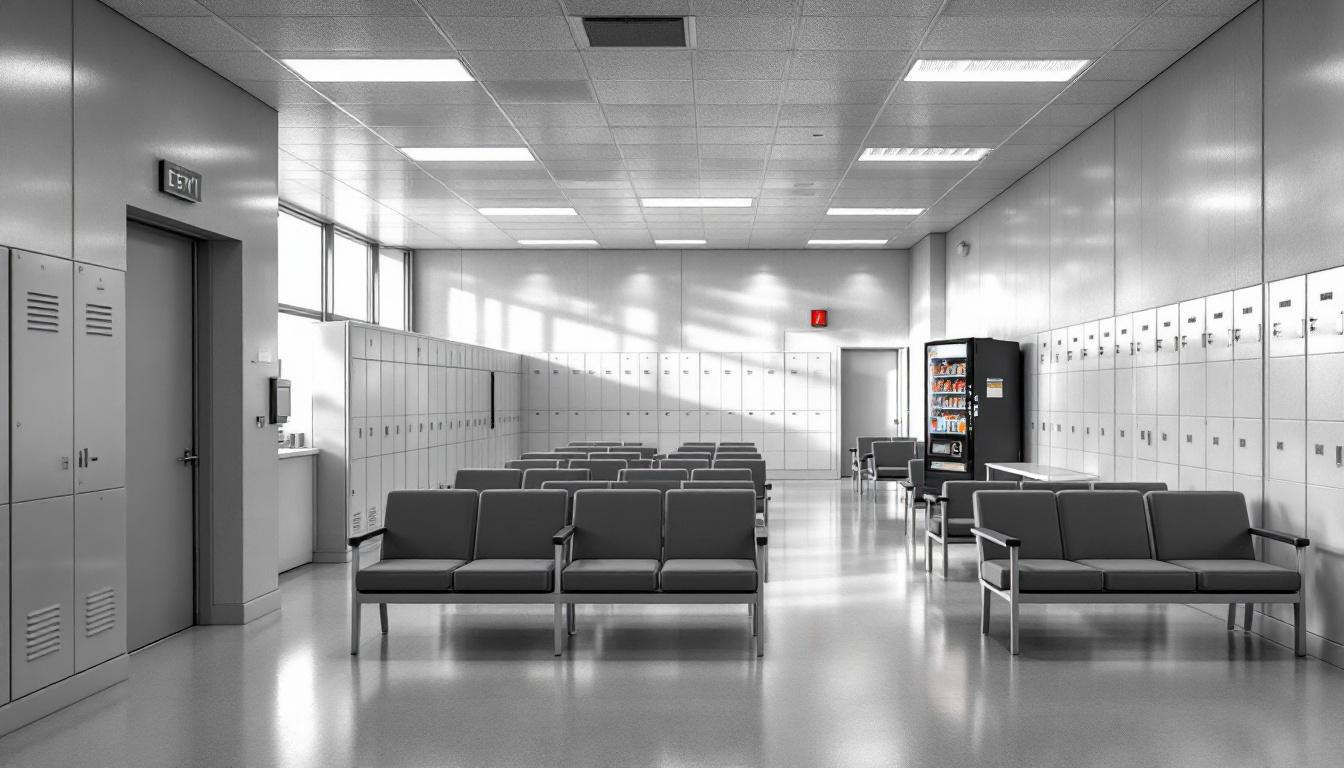
Systematic organization forms the backbone of every interaction and activity within the facility, where carefully structured schedules and clear hierarchical protocols shape how the population navigates their daily experiences. At present, residents actively participate in a regimented routine that typically begins with early morning counts and meal service, followed by work assignments, educational programming, or other structured activities that supply both purpose and order to their days. The facility generally operates on predetermined schedules that govern everything from housing unit movements to recreational periods, ensuring that the population understands expectations and can plan accordingly within the established framework.
Also contributing to the structured environment are the living accommodations, which typically consist of housing units designed to accommodate multiple residents in shared spaces with basic amenities including beds, storage areas, and common areas for socializing during designated periods. However, personal property allowances are generally limited to approved items that residents may purchase through the commissary system or receive through approved channels, with all belongings subject to regular inspections and inventory procedures. The dining arrangements usually involve scheduled meal times in designated areas, where the population receives nutritionally planned meals that meet dietary requirements while accommodating various medical and religious needs when possible.
The facility typically supplies various recreational opportunities and structured programming that may include educational classes, vocational training, library access, and physical fitness activities during approved timeframes. Work assignments often provide the population with opportunities to develop skills while contributing to facility operations through positions in food service, maintenance, laundry, or other essential functions. However, family connections remain vital through visitation programs that generally operate on scheduled days with specific procedures, while communication options may include monitored phone calls and correspondence, helping residents maintain important relationships and support systems throughout their time at the facility.
Ready to Connect?
Start communicating with your loved one today
Search for an Inmate
